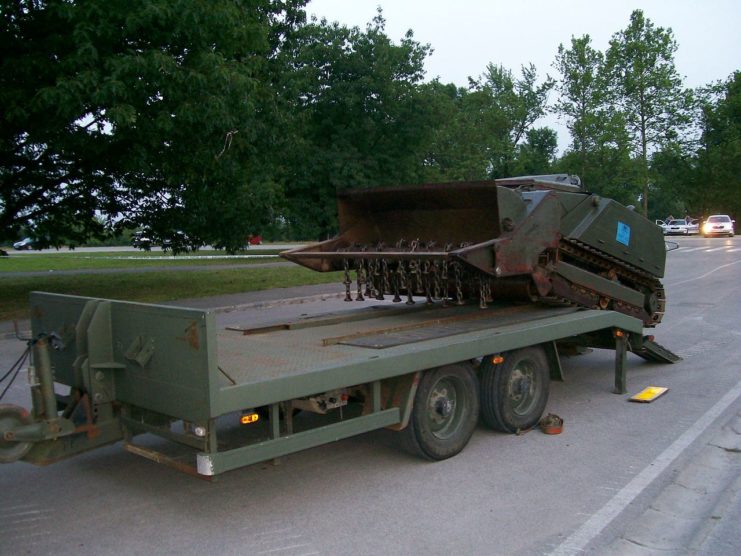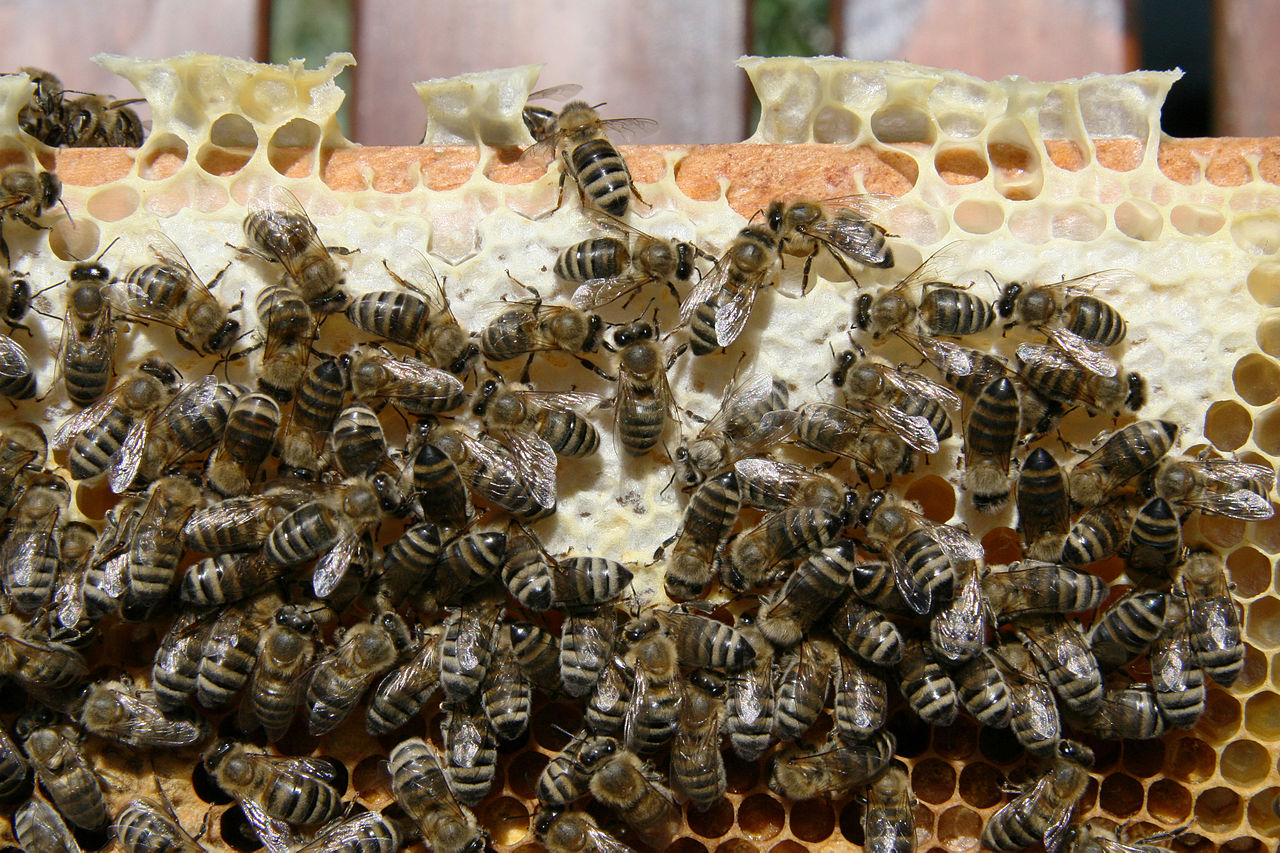Bees can sniff out landmines? That’s the extraordinary finding of a team from Bosnia-Herzegovina and Croatia. They’re working to address the violent legacy of war in the Balkans.
Over 100,000 undetected mines are believed to be out there in Bosnia and Croatia, long after fighting ceased. Troops of the stripy variety are fanning out to avoid calamity.
How does it even work? Bees have strong antennae, so in a sense come fully equipped already. But there’s a lot more to the process than that. The insects need to be trained. Plus experts need to keep track of them – and no way are they doing that on foot.
The solution to monitoring bees at a safe distance? Drones. These mechanical flying friends take their name from nature anyway. Now wildlife and robots join forces.
As reported by BBC News, tests conducted by the team reveal a “strong correlation between where the bees clustered” in relation to “locations of known mines”.
How do they know the mines are there? They don’t. A bee is about as aware of a mine as a person is about hive politics. However, this is where training comes in. For a bee to find a mine, it must associate it with something else. Something sweet and tasty.

Spool back to 2013. Researchers in Croatia decided to blend a sugar solution with TNT. A literally explosive combination, yet one that fused in the insects’ minds. From there they could beat a path to the powerful explosives. Phys.org wrote about the study at the time.
Drones work wonders keeping track of swarms. It’s still an eye strain-inducing activity though. So computers are brought in to “watch” the footage and see exactly where the bees are landing.
This crucial step is revealed by the team via an article published online for Remote Sensing journal. A “combination of classical computer vision techniques and CNNs” are mentioned among other details. CNNs are Convolutional Neural Networks. These networks are designed to operate like organic brains.
Because a machine can’t simply follow a bee, it has to be trained to do so. Much like insects receiving instructions in the first place!
The team write this was achieved through “synthetic videos generated by adding small blob-like objects to video sequences with real-world backgrounds.” If the system can learn to trace blobs, it can do the same for bees.
An algorithm was employed to tie everything together. Things still need to be ironed out, but the BBC reports over 80% accuracy.
If this sounds a little fantastical, then the experts share those concerns. “There were moments when I thought that we are outright crazy” says Prof Vladimir Risojević, quoted by the BBC.
Speaking back in 2013 to Phys.org, bee-havioralist Nikola Kezic stated: “You can train a bee, but training their colony of thousands becomes a problem.” A logistical nightmare, but one that’s being refined and which could prove essential to saving the lives of honey eaters anywhere.
To mark Mine Awareness Day (April 4th), The Weather Channel website looks at other non-human means of ensuring mines go untriggered. And it seems bees aren’t the only game in town. Detection is also possible thanks to an unlikely ally… the crop-ravaging locust!
Referring to findings published for the Biosensors and Bioelectronics journal late last year, the Channel writes insects can be studied by “optimising a previously developed bio-robotic sensing system that could detect the locusts’ firing neurons”.

And if that sounds complex, the team essentially “hijack a locust’s olfactory system” to get a whiff of explosive materials.
With regards bees, the research is far from complete. The BBC mentions that another few years of work is required before the scenario becomes a reality. In the meantime the process might be applied to existing mine detection strategies.
A factor easily forgotten is the tracking of wildlife in non-violent contexts. Minefields are important locations. So are natural environments where scientists can investigate micro-societies like never before thanks to AI.
Another Article From Us: Remains of Heroic US Catholic Army Chaplain Identified
It’s certainly a hive of activity over there. An observation that may lead to the response: “Buzz off…!”
